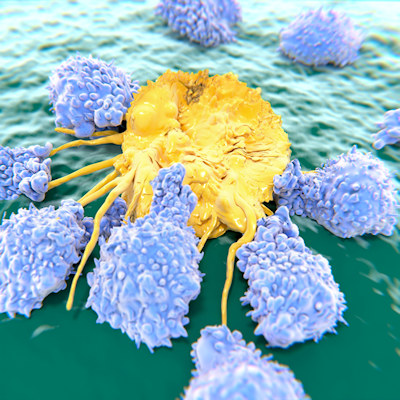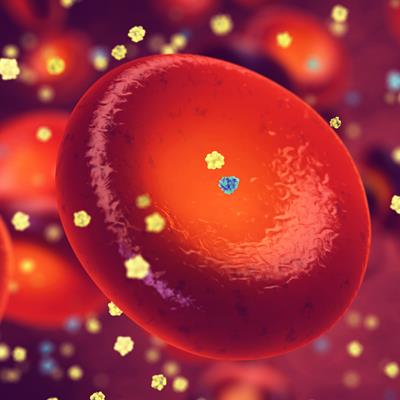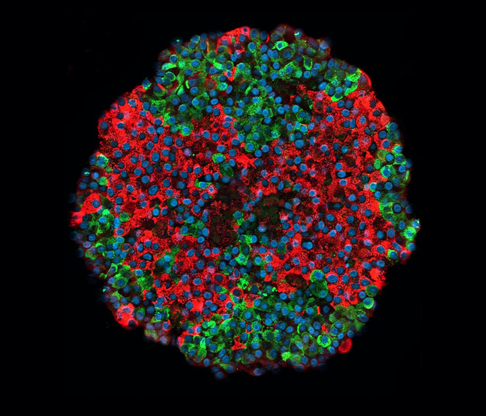November 8, 2022 -- Osaka University researchers have identified a mechanism in which a lack of insulin is reported back to insulin-producing pancreatic cells. The research on mice, published on November 7 in the journal iScience, identifies potential new targets for diabetes therapy.
Type 2 diabetes, which affects an estimated 400 million people worldwide, results from insufficient insulin -- the hormone that controls sugar use and storage. Insulin-producing pancreas cells, or β cells, usually increase in number when the body's demand for insulin is unmet. However, the factors released from insulin-receiving cells that signal a lack of insulin to β cells have remained unknown.
T-cadherin molecules are usually present on cell surfaces and bind adiponectin molecules. However, the researchers discovered that T-cadherin is also secreted in a soluble form, which acts as a humoral factor -- a molecule transported through the circulatory system. This discovery suggested that soluble T-cadherin might respond to insulin deficiency by signaling the β cells to increase insulin production via the Notch pathway, an intercellular signaling system.
RNA sequencing analysis revealed decreased expression of Notch signaling proteins in the β cells of genetically engineered mice lacking T-cadherin. The researchers also found impaired glucose tolerance when the mice were fed a high-fat diet. The researchers then used artificially synthesized T-cadherin to treat isolated mouse pancreatic islets, which contain β cells. This adjustment promoted Notch signaling in the mouse islets, which in turn induced β-cell proliferation.
"These findings indicate that T-cadherin could be applied in the fundamental treatment of diabetes," senior author Dr. Iichiro Shimomura, an Osaka University professor, said in a statement.
Copyright © 2022 scienceboard.net










